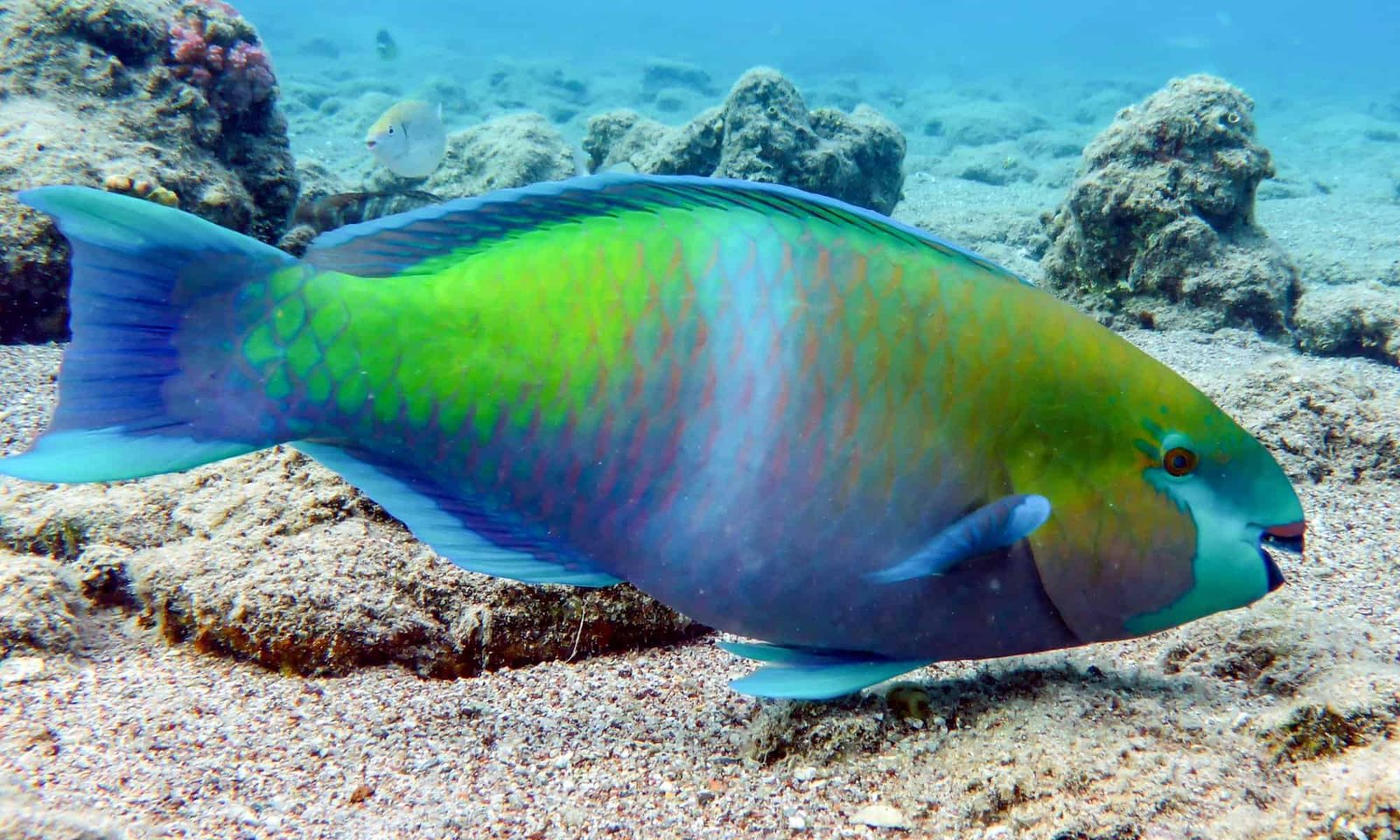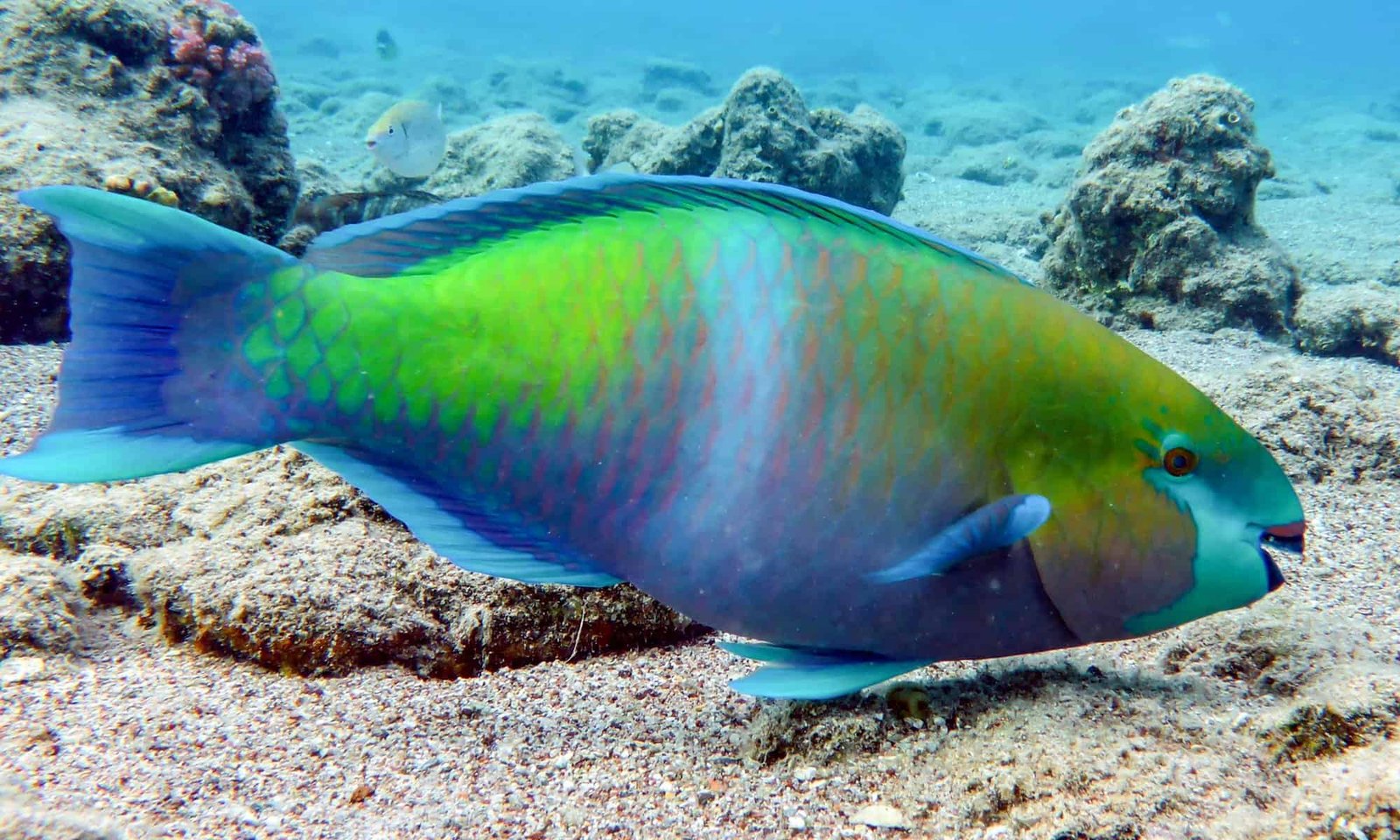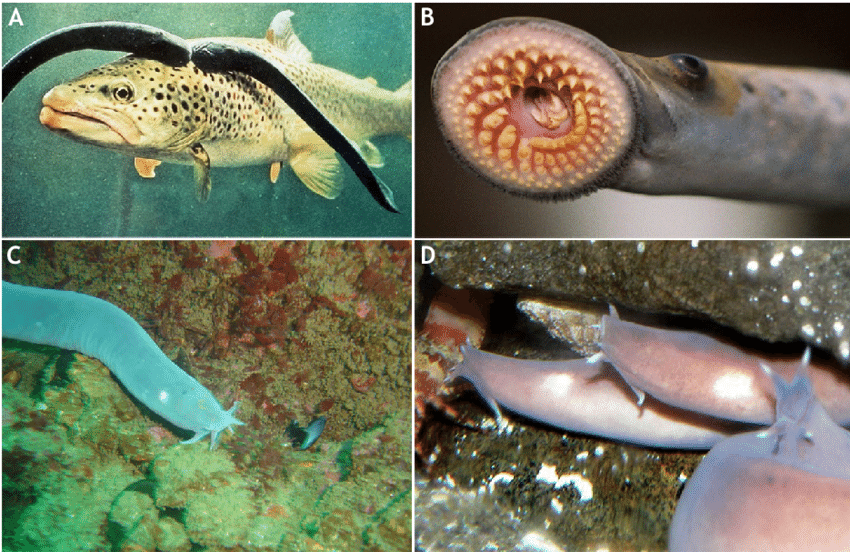Introduction to Siamese Flying FishIntroduction to Siamese Flying Fish
The Siamese Flying Fish, scientifically known as Exocoetus siamensis, is a fascinating species renowned for its unique gliding abilities and distinctive physical features. This species, part of the Exocoetidae family,










